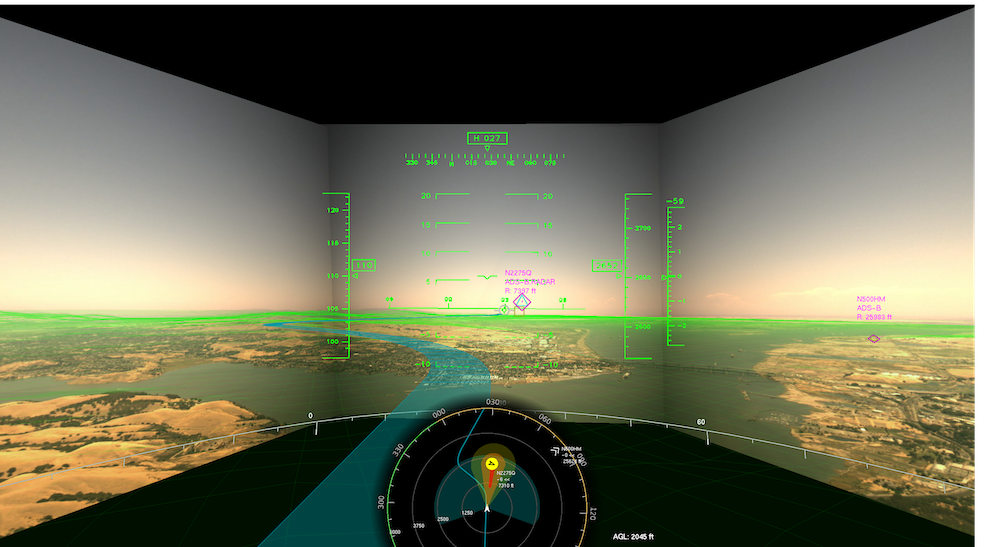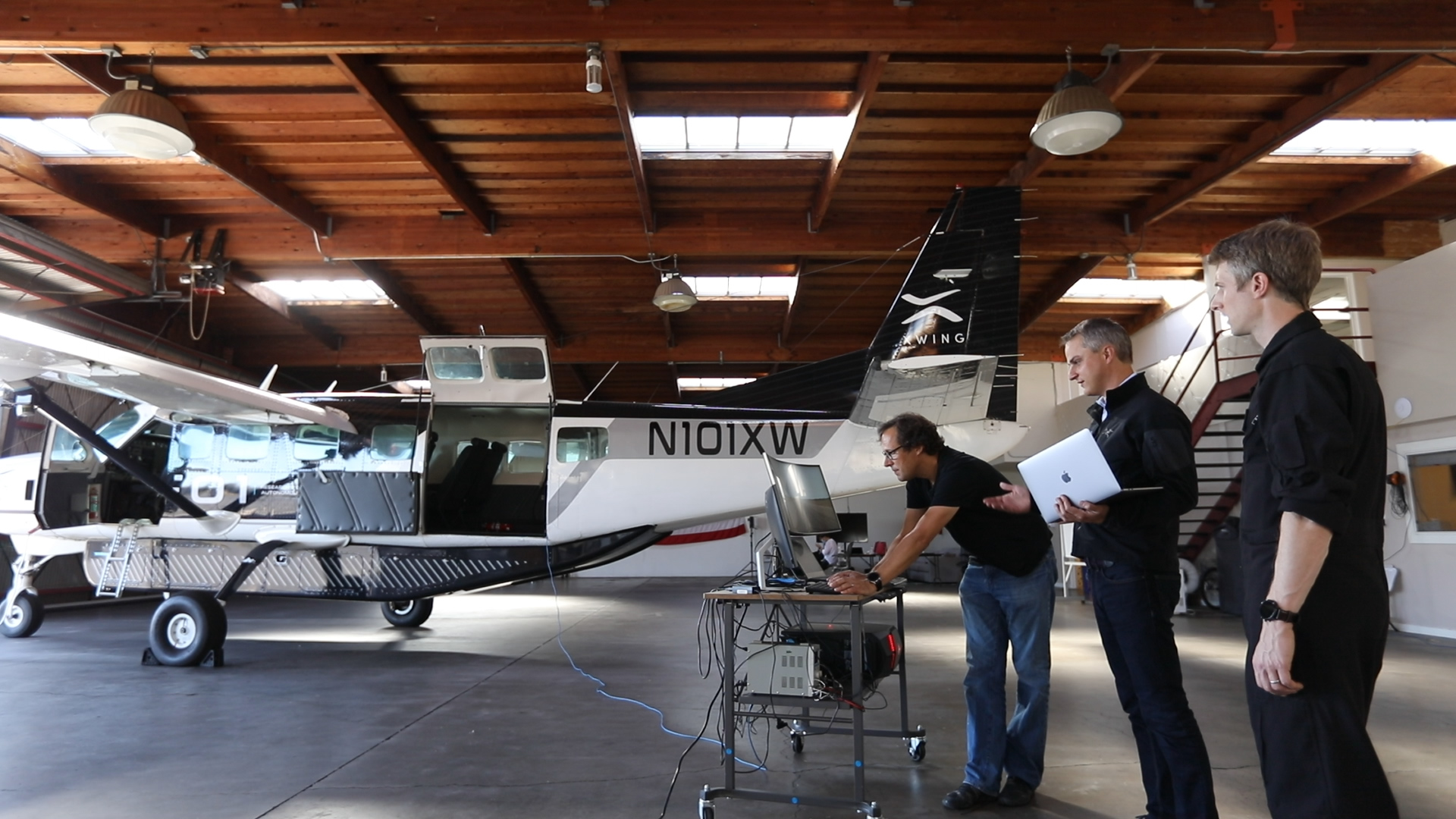Click Here to View This Page on Production Frontend
Click Here to Export Node Content
Click Here to View Printer-Friendly Version (Raw Backend)
Note: front-end display has links to styled print versions.
Content Node ID: 402336
Autonomous flight technology pioneer Xwing says it has already made more than 70 pilotless takeoffs and landings in a converted Cessna 208B Grand Caravan. Unveiling the aircraft on Thursday at Buchanan Field Airport in California, the startup said it intends to start regional cargo operations on routes of up to 500 miles as part of its plan to prove the use case for autonomous operations.
According to Xwing, which has secured an FAA Part 135 air carrier certificate for drone cargo deliveries, initial operations with a pilot on board will begin “in the coming months.” Subject to FAA approval, the company hopes to begin autonomous operations in early 2022, although these will initially be conducted with an operator on the ground, mainly to handle interactions with air traffic controllers.
Xwing has been developing its Autoflight System for four years. It consists of detect-and-avoid sensors to analyze airborne and ground-based hazards and navigation and control software to generate optimal flight paths, interface with ATC, monitor the health of aircraft systems, and deal with operational contingencies.

For more than 12 months, the California-based company has been participating in the NASA-led program to evaluate the use of unmanned aircraft systems in the National Airspace System. The Grand Caravan displayed on August 20, Xwing says, has undergone thousands of simulation runs, software system tests, and flight trials that included low- and high-speed ground taxi tests, takeoffs, navigation in the airspace, detect-and-avoid tests, and landings. Since July, the development team has completed more than 70 hours of “engine time” in ground and flight tests and more than 40 hours of automated flight time.
Company founder and CEO Marc Piette told AIN that it has chosen to start autonomous flight operations in the cargo sector because he sees it as a good route for getting the technology to market quickly. He also believes surveillance flight operators could be among the early adopters while adding that it will take far longer for autonomous flight to begin for passenger-carrying eVTOL aircraft providing air taxi services in urban areas.
According to Piette, a shortage of pilots will be a key driver of autonomous flight, especially for missions such as cargo transportation, which he said are not popular. In his view, airline pilot layoffs prompted by the Covid crisis will not change market conditions in the longer term.

The Grand Caravan has a cargo payload of more than 4,000 pounds and Xwing intends to focus on flights of 100 to 500 miles. The company claims autonomous flight will increase the productivity of aircraft operators by a factor of three, potentially resulting in cost savings of 20 to 30 percent. Piette told AIN that autonomous operations also have the potential to revitalize communities in poorer countries that are not well served by other transportation infrastructure.
Xwing’s cargo operation will be led by Jeffrey Wherenberg, who was formerly president and COO of Part 135 operator AAR Airlift and before that executive v-p and COO of North American Airlines. The company’s chief technology officer is Maxime Gariel, who was formerly with Rockwell Collins’s control group and has previous experience with AgustaWestland’s SW4 Solo autonomous helicopter and the DARPA Gremlins program. It now employs nearly 20 engineers with past experience at companies including Lockheed Martin Skunk Works, Boeing subsidiary Aurora Flight Sciences, Facebook, Uber, Microsoft, and Apple.
Piette is an engineer and pilot who sold his former entrepreneurial venture to GoDaddy. Another recent recruit for Xwing is Anna Dietrich, who was formerly founder and COO with flying-car developer Terrafugia. She is also a director with new startup Jump Aero, which is developing an eVTOL aircraft to be used for emergency medical services.
In February 2020, Xwing raised $10 million in a Series A funding round backed by venture capital groups including R7 Partners, VC Alven, Eniac Ventures, and Thales Corporate Ventures. This funding adds to the $4 million the company raised in 2018.
This story comes from the new FutureFlight.aero resource developed by AIN to provide objective, independent coverage and analysis of new aviation technology, including electric aircraft developments.